Fairey Swordfish Model
Production Time 9 to 10 weeks
Shipment is by FedEx, UPS or DHL International Express Courier with a normal door-to-door delivery time worldwide of within 2-3 business days after dispatch. Due to the current volatility of world fuel prices, the amount mentioned here is our best estimate for DHL and UPS and may be subject to change at the time of shipping.

Model Description: Fairey Swordfish Model Wood Replica Scale Custom Aircraft
Manufacturer: Fairey
Wingspan: 17 Inches (43.2 Centimeters)
Height: 4.6 Inches (11.7 Centimeters)
Scale: 1:32
$239.50
Production Time 9 to 10 weeks
-
United States dollar ($)
-
Pound sterling (£)
-
Euro (€)
-
Australian dollar ($)
-
Canadian dollar ($)
-
Singapore dollar ($)
-
Swiss franc (CHF)
-
Japanese yen (¥)
-
Danish krone (kr.)
-
Hong Kong dollar ($)
-
Norwegian krone (kr)
-
Swedish krona (kr)
-
United Arab Emirates dirham (د.إ)
General Product Description
Our PlaneArts Fairey Swordfish Model model exhibits unique, unrivaled quality and detailed design to come as close as possible to the accuracy of the actual plane. It comes as standard with a robust, durable base or stand which is available in a variety of different finishes designed to match your own personal requirements including solid wood, wood with polished metal supports or adjustable wood wall mount and will be ready within about 9-10 weeks from placement of order.
The Fairey Swordfish Model model is made of the finest kiln dried renewable mahogany wood (commonly known as Lauan or Meranti) which has undergone many stages of carving and meticulous and careful sanding giving the beautiful, finished museum quality masterpiece. Many collectors and model connoisseurs demonstrate their preference for genuine handmade and hand painted mahogany wood models rather than plastic or die cast (diecast) alternatives due to the overall look and totally different feel of the item - we trust you will find the same. We can however, if required produce the same model in Solid Cast Resin so just click and contact us for further information. Our craftsmen and gifted artisans ensure that our finely handcrafted model airplanes match the precise blueprint details of the original aircraft. The paint scheme, markings and parts are closely matched, reflecting the original aircraft. This stylish top-quality desktop replica model will surely enthrall anyone who receives this as a gift and for sure one of the most appropriate and desirably collectable gifts for any military aviation enthusiast and avid aircraft collector whilst also displaying a perfect resemblance to the actual real life version.
There are many types of military propeller aircraft, but the basic types are bombers, fighters, fighter bombers, spotter planes, transporters, patrol aircraft, trainers, and reconnaissance and observation aircraft. All these types of aircraft are used for different types of missions. If you're a fan of historic or present-day military aviation, our model aircraft will bring the excitement and character of these aircraft right into your own home. You can order a wood airplane model of a North American B-25 Mitchell Bomber, a B17 - Flying Fortress, or a P-51 Mustang Nervous Energy V not forgetting the Bf 109, Spitfire, FW 190, A6M Zero, P-38 and F4U. These classic, propeller airplane models are of the highest quality. Each is individually crafted by our expert craftsmen. They produce handmade scale mahogany airplane models of the finest aircraft from World War I and II to present day biplanes and triplanes.
If you require, we can also make the Fairey Swordfish Model model in any other military, government or even private livery or colour scheme you require and if necessary, in a different size or scale. Just click here to contact us with a description or photographs of what you require, and we will let you have a quotation for the necessary customization by return email. We can also make bespoke scale replicas of any other private / civil commercial airliner or airliners, helicopter, glider, gliders with engines, military jet, warplane jets, biplane, triplane, tail fin, spacecraft, rocket or NASA model you require in any airline, military or civilian livery or colors. We also produce model airships, blimps, dirigibles, blimps, boats, and ship collectibles. Wall plaque or seal for military, government or private customers. Again, by clicking here to contact us just let us know exactly what you need.
The Fairey Swordfish: An Icon of WWII Naval Aviation
The Fairey Swordfish, affectionately known as the “Stringbag” by its crews, stands as one of the most notable biplanes in military history. Originally developed in the 1930s, this torpedo bomber played a pivotal role in several crucial World War II naval battles. Despite its seemingly outdated design, the Swordfish demonstrated remarkable effectiveness and versatility, outperforming many more modern aircraft in specific roles. This article delves into the features, advantages, and benefits of the Fairey Swordfish, highlighting its lasting impact on naval warfare.
Features of the Fairey Swordfish
- Design and Construction:
The Fairey Swordfish featured a biplane design with a fabric-covered metal frame, which was typical of the era. It was equipped with a single radial engine, had a crew of three, and featured a large, fixed undercarriage. The aircraft was capable of carrying a variety of weapons, including torpedoes, depth charges, and bombs.
- Avionics and Armament:
For its time, the Swordfish was well-equipped with navigation aids but had limited electronic equipment compared to later WWII aircraft. Its primary weapon was the aerial torpedo, but it was also armed with machine guns for defense against enemy aircraft.
- Flight Characteristics:
One of the key features of the Swordfish was its excellent low-speed maneuverability, which was crucial for the precise task of torpedo bombing. It was capable of taking off and landing on shorter runways and even on the pitching decks of aircraft carriers.
Advantages of the Fairey Swordfish
- Versatility:
The Swordfish’s ability to carry out a wide range of missions, including anti-submarine warfare, mine-laying, and reconnaissance, made it an invaluable asset. Its adaptability was demonstrated in various environments from the North Atlantic to the Mediterranean.
- Durability and Survivability:
Despite its outdated appearance, the Swordfish was remarkably tough. Its slow speed and maneuverability actually made it a difficult target for faster enemy fighters equipped with forward-firing guns, as it could out-turn many opponents.
- Impact on Major Battles:
The Swordfish is best known for its role in the Battle of Taranto and the sinking of the Bismarck. At Taranto, Swordfish bombers launched from aircraft carriers inflicted significant damage on the Italian fleet, proving the effectiveness of naval air power. Later, a Swordfish torpedo strike critically damaged the German battleship Bismarck, leading to its eventual sinking.
Benefits of the Fairey Swordfish
- Cost-Effectiveness:
The Swordfish was relatively inexpensive to produce and maintain, making it a cost-effective choice for the Royal Navy during the war when resources were stretched thin.
- Training and Operation:
Its simplicity and forgiving flight characteristics made it an ideal platform for training new pilots and crew members, which was crucial during the rapid expansion of the British naval aviation capabilities.
- Legacy and Influence:
The operational success of the Swordfish helped to validate the concept of carrier-based aircraft and shaped future naval aviation tactics. Its achievements during WWII left a lasting legacy on the development of naval air power.
Conclusion:
The Fairey Swordfish may not have been the fastest or the most technologically advanced aircraft of WWII, but its contributions to crucial naval victories underscore its significance. Its design, while antiquated, provided a combination of versatility, durability, and cost-effectiveness that made it one of the most impactful aircraft of its time. The Swordfish’s storied service record is a testament to the fact that in the realm of military technology, sometimes older, simpler designs can deliver results just as effectively as their more modern counterparts.
| Weight | 6 kg |
|---|---|
| Dimensions | 13.3 × 17 × 4.6 in |

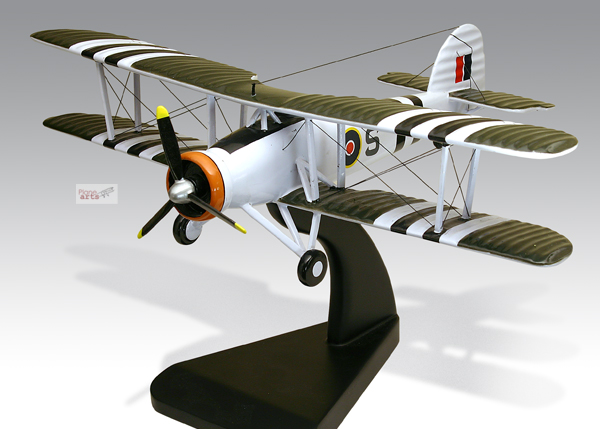
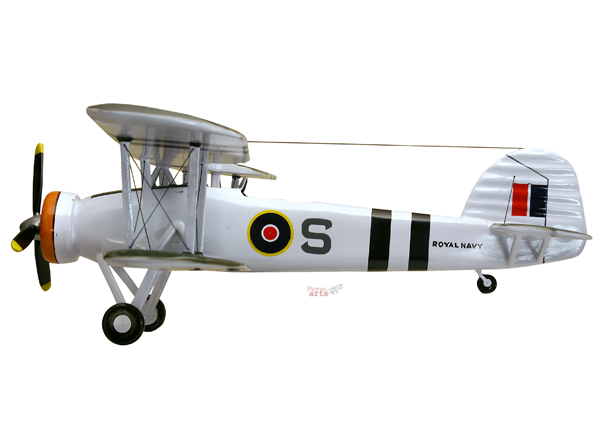
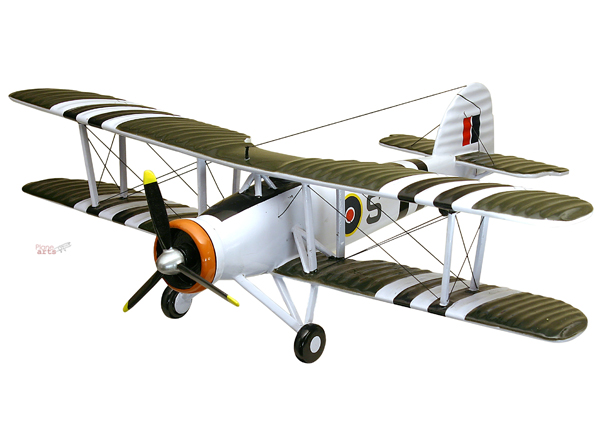

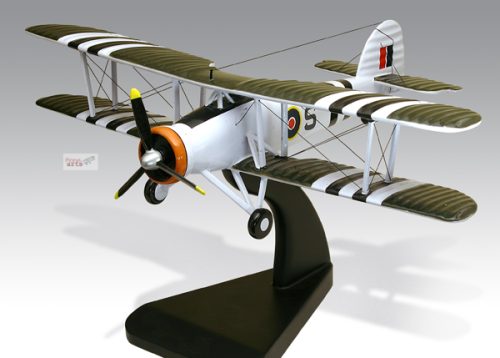
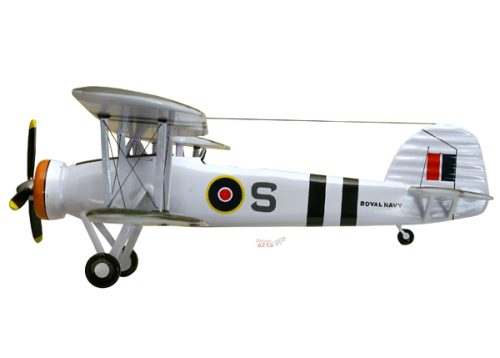
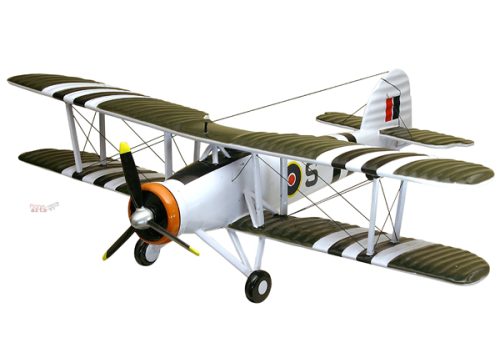

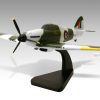
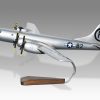
Reviews
There are no reviews yet.